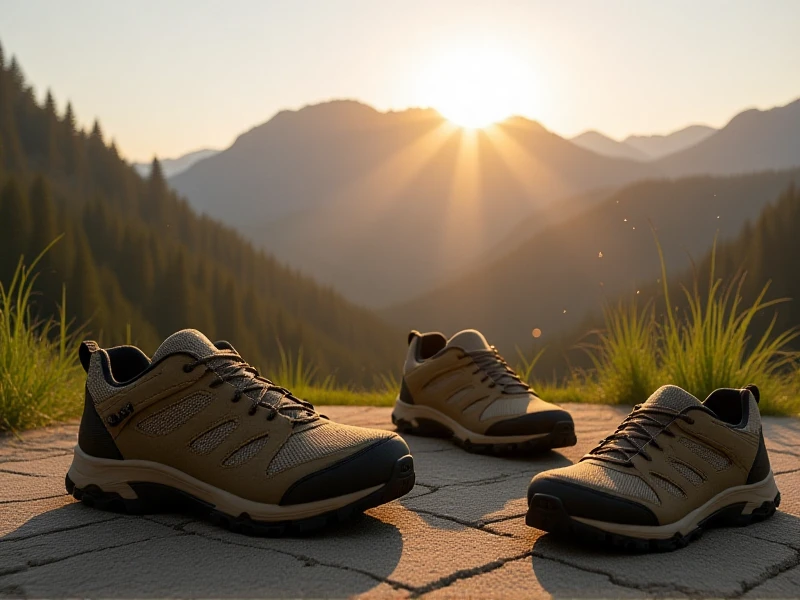
The Ultimate Guide to Choosing Your Perfect Hiking Shoes
Okay, here is an SEO-optimized article focusing on the keyword "hiking shoes," meeting all your requirements.
Embarking on a hike? There's one piece of gear more crucial than the latest backpack or high-tech clothing: your hiking shoes. The right pair makes every mile feel achievable, protects your feet from rough terrain, and provides confidence on uneven trails. Choosing the wrong ones, however, can turn an inspiring adventure into a painful ordeal. Understanding the key differences and features is essential for comfort and safety.
Think first about where you'll hike most often. For well-maintained dirt trails and day hikes, lightweight trail hiking shoes are often ideal. They offer flexibility and breathability, making them feel agile like sneakers but with better grip and a touch more protection underfoot. Venturing onto rocky paths, carrying a heavier pack, or tackling multi-day trips? Sturdy hiking boots provide superior ankle support, substantial foot protection from roots and rocks, and enduring stability, especially over challenging terrain. For backpackers who demand lightweight agility without sacrificing support, mid-height hiking shoes or lightweight boots offer a strong compromise. Trail runners, designed for speed over smooth to moderate trails, are another option for the ultralight enthusiast prioritizing weight savings.
Beyond height, focus on materials and construction. Leather hiking shoes and boots (like full-grain or nubuck) are renowned for their durability, weather resistance (especially waterproof models), and excellent support. Synthetics (mesh, nylon) are lighter, dry faster when wet (great for hot weather or stream crossings), and require less break-in time. Many hikers love the balance of waterproof and breathable liners, like Gore-Tex, essential for hiking in wet conditions without soggy feet. However, in very hot, dry climates or for fast-and-light days, non-waterproof hiking shoes with quick-drying synthetic uppers offer better ventilation, preventing sweaty, overheated feet.
Traction is paramount. Look for aggressive lug patterns on the rubber sole, designed specifically to grip loose dirt, mud, gravel, and wet rocks. Vibram soles are a well-regarded benchmark for reliable grip and durability. Underfoot cushioning and support vary significantly. Stiffer midsoles offer stability on rocky trails, while softer ones provide plush comfort on smoother paths. Try on hiking shoes in the afternoon when your feet are naturally slightly swollen, and wear the same socks you hike in. Ensure heel lift is minimal and that your toes don't jam the front when simulating a downhill stride. There should be a snug but not tight fit, especially across the midfoot, with ample room to wiggle toes. Proper lacing techniques can fine-tune the fit and lock your heel in place.
Finally, invest in quality socks (like wool blends) to wick moisture and mitigate friction, contributing significantly to overall comfort. Remember, breaking in new hiking shoes or boots before a big trek is non-negotiable – wear them for progressively longer walks locally.
Choosing the perfect hiking shoes is deeply personal. Prioritize your typical terrain, load, and comfort needs over fashion. Taking the time to analyze materials, fit, support, and the grip of the sole ensures your feet are ready for adventure. Well-suited hiking shoes are the foundation for exploring trails safely, confidently, and, most importantly, comfortably. Lace them up and embark on your next journey feeling great from the first step to the last.